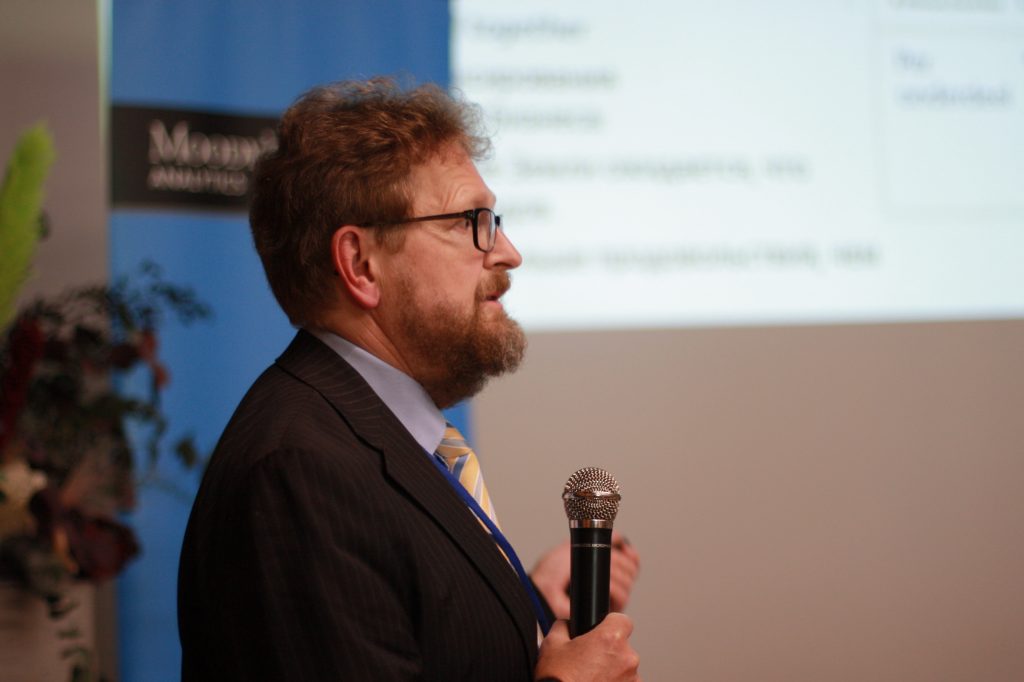
Conferences
The Company has a successful experience in delivering professional conferences for executives and middle management of the financial sector. Since 2000, the company hosted more than 50 conferences with 150+ attendees per each.
If you have questions or inquires please contact us at events@extra-consulting.net